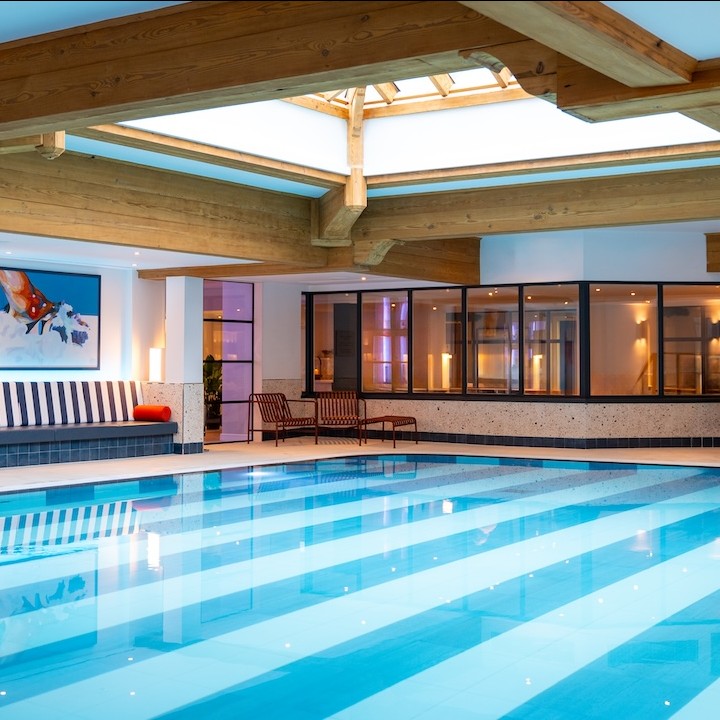Skin scanners offer real-time skin analysis, track treatment progress, boost client trust and sales. Aesthetic nurse Megan Hope explains how.
1 Data-driven skincare starts with a skin scanner
“You can’t really capture data in before-and-after pictures, whereas with skin scanning, you can look in depth,” says Hope. “I now place all my patients under a skin scanning device, it’s mandatory. It aids what I do every single day in clinic. It shows various things about the skin – pores, wrinkles, skin texture, vascularity, epidermal pigmentation, deep pigmentation, acne, UV spots, sensitivity and surface pigmentation. You can then send the images to your patient so they can get an in-depth knowledge about what’s going on in their skin under the surface. It is based around a pool of data, with different faces and skin conditions, so their profile fits within that and gives you a percentage of how severe somebody’s pigmentation is, for example.”
2 Tailor treatments to client needs
“There’s been a rise of the selfie. Everyone is taking photos of themselves, so patients are more aware of their skin. There’s a reason they’re coming in to see you – they want to stop reaching for that filter and really work on their skin and see what’s going on underneath,” says Hope.
“People are opting for a more natural approach to aesthetic tweakments and skin scanning fits into the changing narrative. A lot of people are now dissolving their fillers and looking to regenerative medicine like polynucleotides.
“In addition, skin cancer is the fastest growing cancer in the UK. Deep pigmentation is a massive issue. People have caused damage to their skin so scanners let us show what’s going on beneath and educate the client on importance of SPF.”
3 Track clients skin health overtime
“A skin scanner lets you monitor your patient’s journey and allow for objective progress tracking so it’s quantifiable and avoids perception drift. If the patient can see the results in front of their eyes it gives them confidence, and it gives you confidence as well, that you’re making that difference,” explains Hope.
“I love data. Numbers make me happy, they make me confident. With a skin scanner, you can create a report that breaks down which categories your patient falls into and the percentage by which they fall into those categories and you can email this to your patient to track the changes during their skin journey with you.”
4 Prove visible results to justify the value of the treatment
“With some patients, you’ll do a consultation with a skin scanner, then won’t hear from them for a few weeks, but they’re mulling over and will come back because you’ve given them that prescriptive report,” says Hope. “Often, patients struggle to justify spend on treatments. They have conversations with partners, for example, about investment into their skin and when you give a physical report, it’s almost like they’ve been to a doctor and got a prescription. Then they see proof, as we track progress, to show a result for the investment.”
5 Increase sales with skin scanners
“I got my device in July and my RF microneedling sales went up 60% from July to August, skin booster sales improved by 15%, polynucleotide sales by 20% and at-home skincare sales by 50%,” shares Hope. “So, don’t think of it as doing a skin scan for free. Yes, you’re doing it free in the interim, but when you look at the broader picture, you’re making a lot more money because you have more patients coming in, they’re trusting you more, booking more courses, and talking to their friends about the results.”

About the expert
Megan Hope is an aesthetic nurse and co-founder of aesthetic advice platform The Nurses Network. She is also an ambassador for 3D Aesthetics and uses the brands’ 3D Visage skin scanner in clinic.

hero-lg.png)


